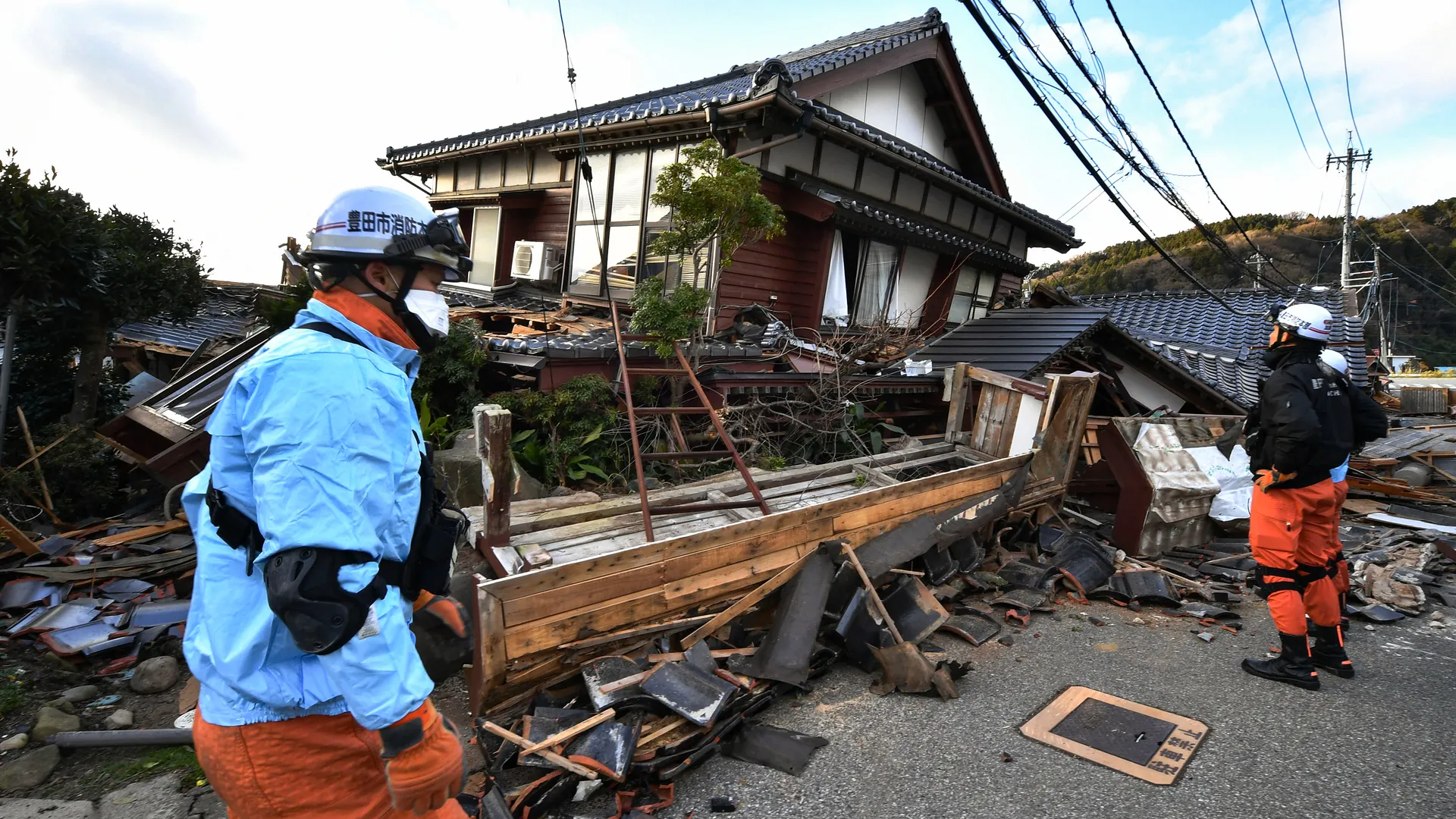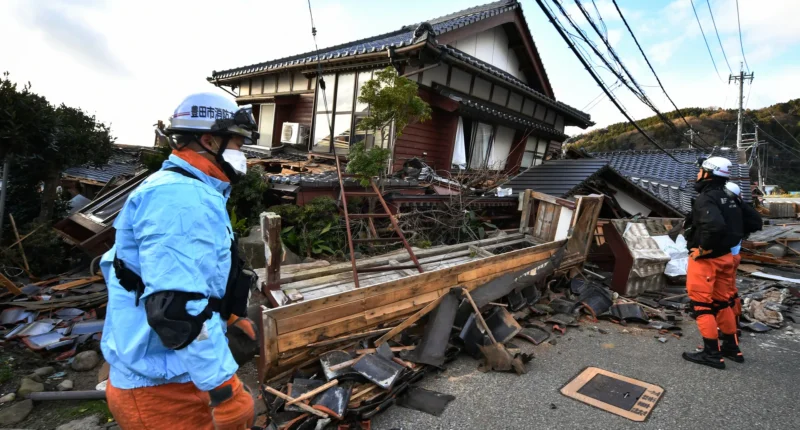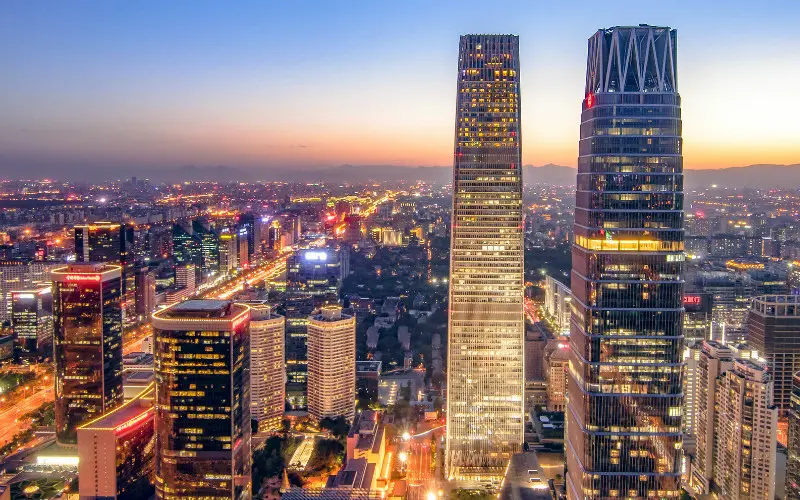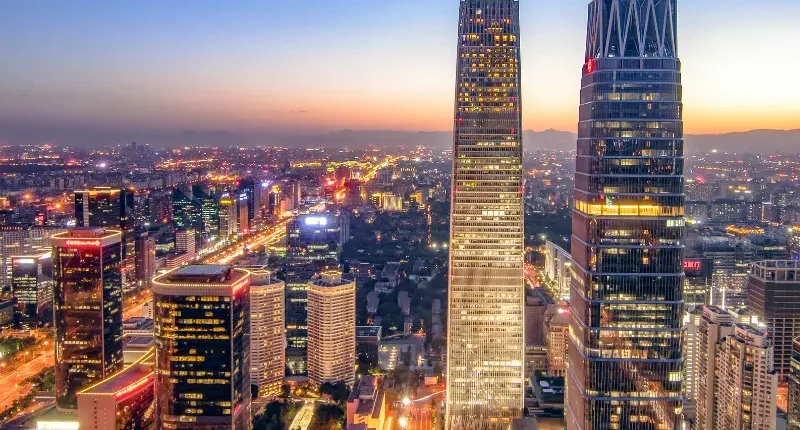Hong Kong, one of the world’s most densely populated and architecturally iconic cities, is reeling from one of the deadliest urban disasters in its modern history. A catastrophic series of fires that engulfed seven residential and commercial towers has left a mounting death toll, dozens missing, and hundreds injured. As rescue crews continue to sift through the charred remains of the buildings, the city is reckoning with profound questions about fire safety, urban density, building standards, and emergency preparedness.
What began as a localized blaze quickly escalated into a multi-building inferno—fueled by high winds, tightly packed high-rises, and a chain reaction of structural failures. Despite round-the-clock firefighting efforts, the fires raged for hours before being brought under control, and several towers smoldered for days.
As authorities confirm more casualties and the search continues, Hong Kong faces not only a human tragedy but a structural and political crisis that could dramatically reshape housing policy, infrastructure regulation, and public trust in government oversight.
How the Disaster Unfolded: Seven Towers, One Uncontrolled Firestorm
The initial blaze began in a mid-level residential high-rise, according to early investigations. But the combination of:
- cladding materials that intensified heat,
- shared ventilation shafts,
- aged electrical systems, and
- close proximity among buildings
allowed flames to leap from one tower to another in a matter of minutes.
Key factors in the rapid spread:
1. Stack effect in ultra-tall buildings
High-rise structures can act like chimneys in a fire, drawing flames upward with terrifying speed.
2. Flammable exterior panels
Several of the affected towers used older façade materials—some dating back decades—that acted as accelerants.
3. Wind corridors between buildings
Hong Kong’s famously tight architectural clusters can create wind tunnels that fan flames horizontally.
4. Aging electrical infrastructure
Some residents reported flickering lights, power surges, or burning smells in the days leading up to the disaster—warnings that, if confirmed, may point to systemic maintenance failures.
The cascading fires overwhelmed Hong Kong’s fire service, which is among the most advanced in Asia but was not equipped for a multi-tower catastrophe of this scale.
A Rising Death Toll and a City in Mourning
Casualty numbers continue to climb as emergency crews navigate dangerous conditions in the damaged structures. Many residents were trapped in upper floors, where stairwells filled with smoke and elevator systems shut down.
Confirmed impacts so far include:
- Dozens dead, with numbers expected to rise
- Hundreds injured, many with severe burns and smoke inhalation
- Families still searching for missing relatives
- Evacuations spanning several city blocks
- Temporary shelters operating at capacity
Hospitals have activated crisis protocols, and volunteer networks have mobilized to provide food, water, transport, and psychological support for survivors.
Government Under Fire: Calls for Accountability Mount
As shock turns to anger, Hong Kong’s government faces mounting pressure over:
• outdated building safety regulations,
• lax enforcement of maintenance standards,
• lack of modernization in older high-rises, and
• slow response times in some districts.
Critics argue that years of policy paralysis on building safety—particularly in older neighborhoods—made this disaster more likely.
Opposition lawmakers and civil society leaders are demanding:
- a full public inquiry,
- comprehensive audits of high-rise fire safety systems,
- mandatory upgrades for aging towers,
- and greater transparency in regulatory inspections.
Government officials have pledged to “leave no stone unturned,” but trust is fragile.
A Tale of Two Cities: Inequality and Safety Gaps
Hong Kong’s extreme density and severe housing shortage have forced millions into cramped high-rises—some poorly maintained, others decades overdue for safety upgrades.
The tragedy exposed the unequal reality of the city’s built environment:
New luxury towers boast advanced fire-suppression systems,
while
older working-class buildings rely on outdated sprinklers, narrow corridors, and worn wiring.
Several of the burning towers were mixed-use or older residential blocks where retrofitting is costly and complicated, often entangled in disputes among landlords, management companies, and government regulators.
Urban planners warn that Hong Kong’s vertical city model leaves little margin for error in the event of a fire, earthquake, or major system failure.
Heroism Amid Disaster: Firefighters and Civilians Save Lives
Even as the tragedy exposes systemic failures, it has also revealed extraordinary acts of courage:
- Firefighters repeatedly climbed smoke-filled stairwells with limited visibility.
- Residents formed human chains to help elderly neighbors escape.
- Volunteer first responders evacuated families before firefighters arrived.
- Medical staff worked marathon shifts to treat burn victims.
Several firefighters were injured in roof collapses and flashover events. The city has rallied around them, with tributes flooding social media and public spaces.
What Comes Next: Investigations, Rebuilding, and Policy Reform
Hong Kong officials have announced a multi-phase response:
1. Immediate Phase: Search, Rescue, Stabilization
Teams are still entering compromised floors to search for survivors.
2. Investigative Phase: Cause and Accountability
Experts will analyze electrical systems, cladding materials, maintenance logs, and evacuation patterns.
3. Policy Phase: Modernization and Enforcement
Likely reforms include:
- mandatory fire-safety retrofits in older towers,
- accelerated inspections of high-rise electrical systems,
- restrictions on outdated exterior cladding,
- new emergency response standards,
- incentives to upgrade fire doors, sprinklers, and alarm systems.
4. Rebuilding Phase: Long-Term Urban Renewal
The damaged towers may require partial or full demolition. Rebuilding will take years and cost billions.
Global Lessons: Urban Density Requires New Fire Safety Standards
Cities worldwide—New York, Tokyo, Seoul, London, Dubai—face similar challenges as mixed-use skyscrapers age and urban populations grow.
Hong Kong’s tragedy serves as a warning that even advanced cities are vulnerable to catastrophic chain-reaction fires unless safety regulations keep pace with vertical expansion.
Architects, engineers, and policymakers worldwide will be watching closely.
Conclusion: A City Scarred but Resilient
The seven-tower inferno is a defining moment for Hong Kong. It is a human tragedy, an infrastructure crisis, and a wake-up call for a city whose skyline is both its pride and its vulnerability.
As the death toll rises, Hong Kong grieves. But it also confronts a choice: to rebuild as it has always done—or to use this moment to fundamentally overhaul the safety, planning, and equity of its towering built environment.
The flames have died down.
But the reckoning has only just begun.













